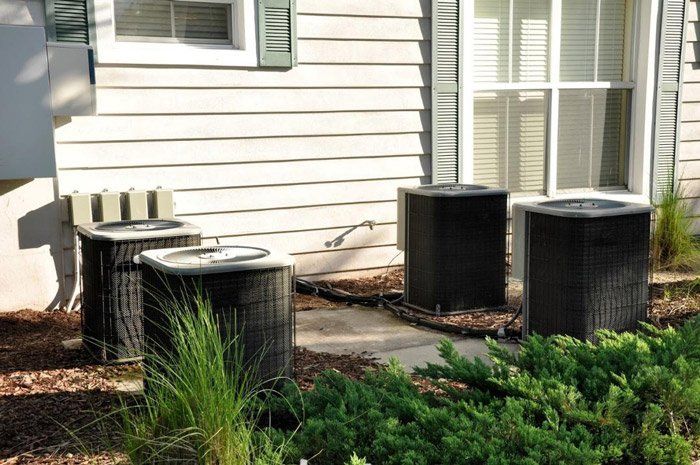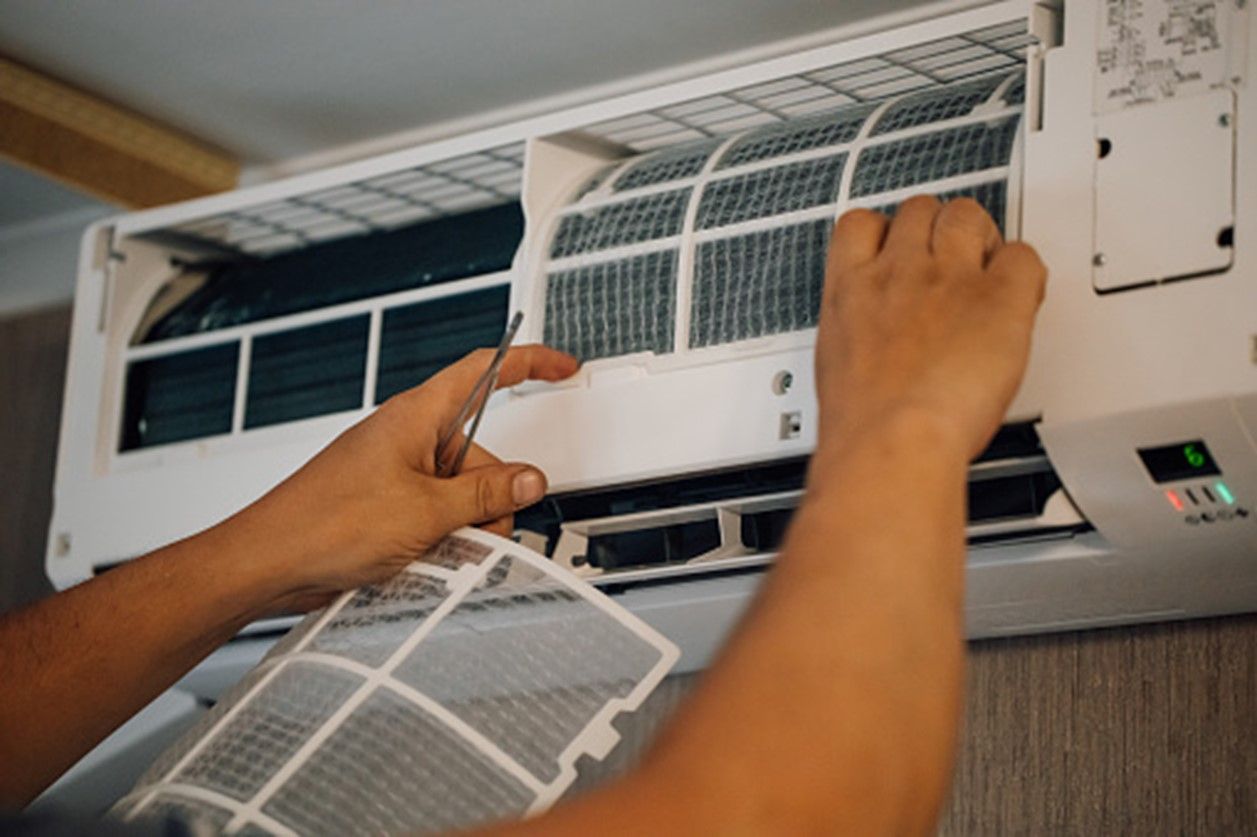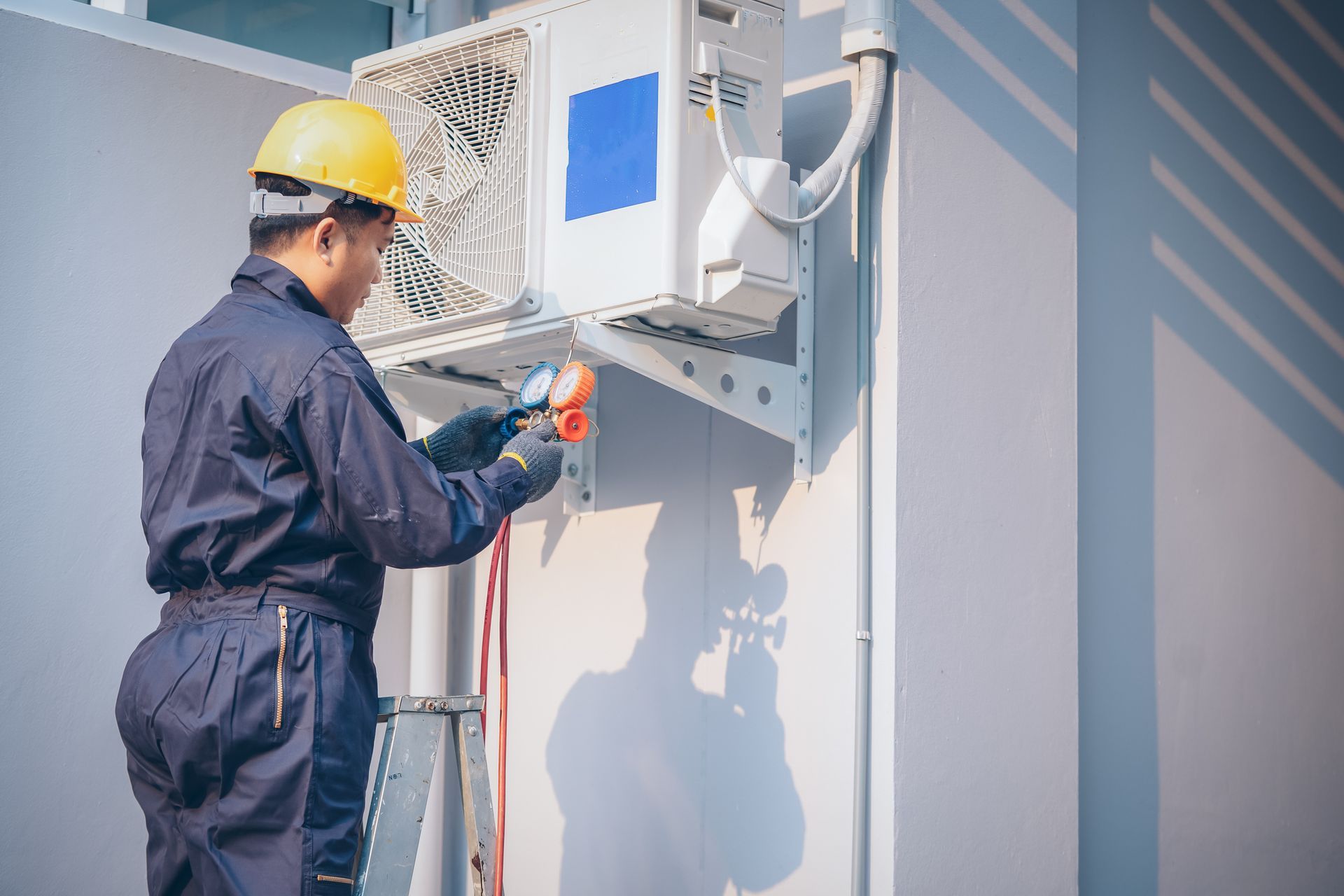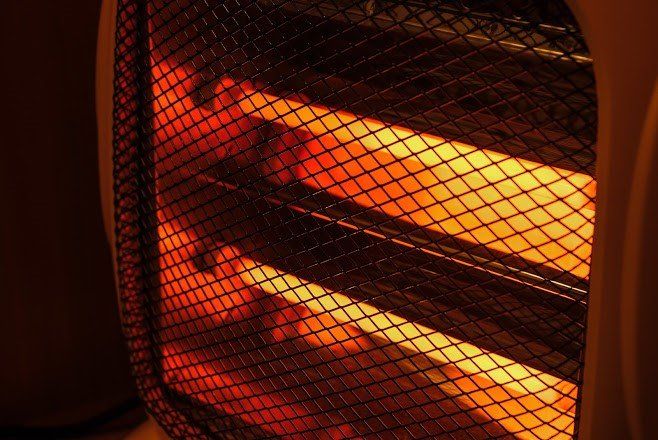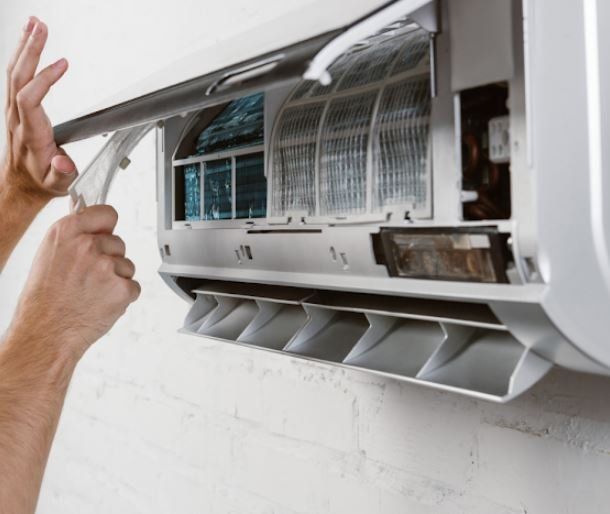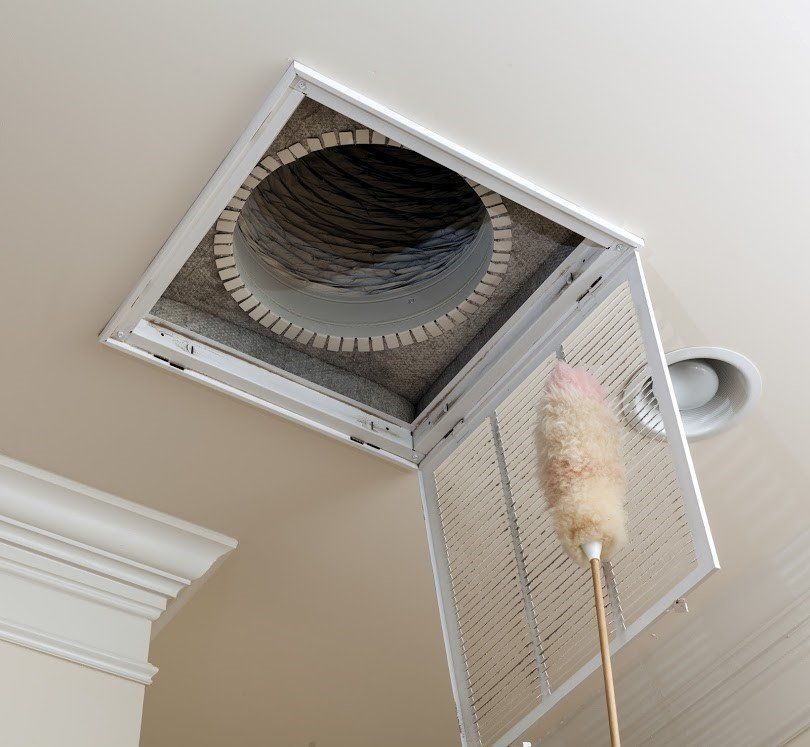Blog Layout
The Pros and Cons of a Central AC Upgrade
July 9, 2020
Do you need a new air conditioner? Should get a central system or explore other options? If you want to upgrade your central AC, take a look at the pros and cons of this type of system.
Pro: Whole Home Comfort
A central air conditioner cools every room the air ducts and vent system reach. If you routinely use multiple rooms or move from space to space throughout the day, a central AC system can keep you comfortable.
From the time you wake up in your bedroom to the time you eat dinner in your dining room (and everywhere in between), a central system will maintain a near-constant indoor air temperature. While you should expect even cooling throughout your home, an older, worn, or damaged system may not keep the interior at a constant temperature.
An AC upgrade to a new central system can turn hot spots into cool, comfortable places to relax during the hottest summer days. If your existing unit cools unevenly or you don't have a central system, talk to an HVAC professional about the ways a new air conditioner can transform your home's interior air.
Con: No Zone by Zone Option
Even though some homeowners enjoy the consistent cooling comfort of a central AC system, some prefer a zone-by-zone approach. If you don't need to cool every area of your home or have unused rooms, a central system could cost you in unnecessary energy bills.
A mini-split ductless system is an option for anyone who only wants to cool specific areas or zones of the home. Like the name implies, this type of AC system doesn't require air ducts. Instead, a mini-split ductless air condition uses multiple indoor air handling units and an outdoor condenser (similar to the exterior unit of a central system).
The indoor air handlers allow a mini-split system to cool by zones or areas of the home. This allows you to change the temperature in some rooms, but not others.
Pro: Energy Efficiency
Mini-split air conditioners aren't the only option to reduce your home's energy bills. According to the U.S. Department of Energy, air conditioners cost American homeowners billions of dollars collectively to cool their homes. While a zone by zone approach can reduce some of your overall cooling costs, a new central AC system may decrease energy usage.
A high-efficiency air conditioner can decrease cooling-related energy use by between 20 and 50 percent, according to the U.S. Department of Energy. If you have an older system, a new replacement can make a major difference in your cooling costs. To get the most energy efficient model possible, discuss your air conditioning options with an HVAC contractor.
Con: Higher Degree of Installation Difficulty
Air conditioner installation isn't a do-it-yourself job. Unlike a window unit, you can simply place and plug in a central system. Installation requires a trained professional who has the right experience, expertise, and equipment.
Ductless homes add another degree of difficulty to an AC installation. If you don't already have ducts and vents, the contractor will need to add these to your home. This type of installation presents a specific set of challenges. The contractor may need to break through walls, ceilings, or floors to place the ducts necessary for a new central AC system.
Pro: Quiet Cooling
Window AC units and fans are noticeably noisy. While a central air conditioner makes some noise, it's quiet in comparison. This is ideal if you work from home, have a baby, are a light sleeper, or just want a noise-free (or less noisy) home.
Are you ready to upgrade your AC system? Contact Weather Control Air Conditioning, Inc., for more information.
CONTACT INFORMATION
606 Center Rd
Fort Myers FL 33907
239-936-0333
help@weathercontrol.com
Fort Myers FL 33907
239-936-0333
help@weathercontrol.com
- Mon - Sun
- Open 24 Hours






CONTACT INFORMATION
606 Center Rd
Fort Myers FL 33907
239-936-0333
help@weathercontrol.com
Fort Myers FL 33907
239-936-0333
help@weathercontrol.com
- Mon - Sun
- Open 24 Hours






OUR LOCATION
BROWSE OUR WEBSITE
CONTACT INFORMATION
606 Center Rd
Fort Myers FL 33907
239-936-0333
help@weathercontrol.com
Fort Myers FL 33907
239-936-0333
help@weathercontrol.com
- Mon - Sun
- Open 24 Hours






OUR LOCATION
BROWSE OUR WEBSITE
CONTACT INFORMATION
606 Center Rd
Fort Myers FL 33907
239-936-0333
help@weathercontrol.com
Fort Myers FL 33907
239-936-0333
help@weathercontrol.com
- Mon - Sun
- Open 24 Hours






Content, including images, displayed on this website is protected by copyright laws. Downloading, republication, retransmission or reproduction of content on this website is strictly prohibited. Terms of Use
| Privacy Policy

